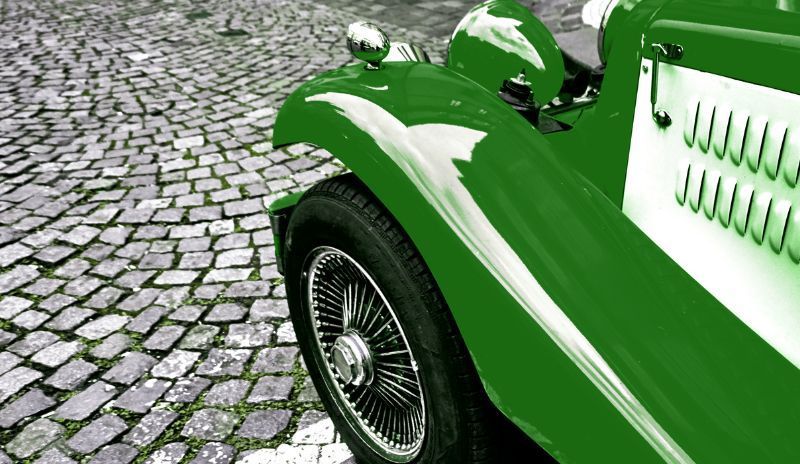
We're an independent insurance agency in Texas
Our experienced team offers services for both residential and commercial properties.With over 25 years of experience in the industry.
Contact Us
6600 Lyndon B Johnson Fwy Ste 220, Dallas, TX 75240, United States
(214) 253-0570
quotes@thephoenixinsurance.com
Working Hrs : 9.30am to 5.30pm
See How We're Different
or call us: (214) 253-0570
Wether you live in Dallas Texas or Kansas City Missouri, if you are reading this article, I’d assume it’s because you have a classic automobile, and you are wondering exactly how you should get it insured. That 1969 Camaro may have cost under $3000 when it was new, but nowadays they can go for six figures. You can’t just put a car like that on your regular auto policy and expect it to be covered properly – so you need to look for a company that specializes in classic auto insurance. We represent several different classic car companies, and each one is a little different, but all of them are specialists in classic car insurance.
1. Mileage is a rating factor. Obviously, the reason one has a car is to drive it. The reason one has a car valued at five figures is generally to let people see you in it. If your classic car policy doesn’t allow you to dirve your car, then you may as well not insure it. Some companies don’t want you to drive for anything other than to go to show your car, but others will allow you to “buy miles” – if you want to drive your expensive rare cars to pick your grandkids up at school, you can, if you account for the mileage. One company will allow you three levels of mileage – up to 1200 miles, up to 6000 miles, or unlimited mileage.
2. There are a couple of different ways to cover your investment in your fine, fine classic automobile. Two ways to cover a classic car on a policy are by insuring it with either an Agreed Value or an Actual Cash Value policy. Agreed Value coverage is just that; you and the insurance company agree that your vehicle is valued at “x” amount in the event of a loss. Actual cash Value is the amount the vehicle is worth at the time of loss, accounting only for the stock vehicle, not talking into account any modifications. I think that you can easily see why having an “Agreed Value” coverage on a car that is worth six figures might be worthwhile. Most regular auto policies are “actual cash value” policies. That’s never good for a 30 year old car.
3. There are a few different “classes” of cars when it comes to specialty and classic auto insurance. A car doesn’t always have to be “antique” to be written on a specialty policy. There are essentially four classes of specialty auto when it comes to insurance; Antique (25+ years old), Modified (at least 20 years old, doesn’t have to be “stock”), Classic (15-24 years old, unmodified), and Exotic (14 years old or less, built for performance.)
4. Classic Automobile insurance is DIRT CHEAP! I hear some people say “Well, it’s too cheap to really cover anything.” That statement is incredibly wrong. Because the policy is mileage limited, and very specfic to your vehicle, it can be a lot cheaper. Insurance companies know that if you are building a classic vehicle, you are probably going to treat it a little differently than the family Honda – and they price their policies accordingly. The policy that covers that Honda will not cover your classic car properly. When you call to talk to us about insuring your classic, don’t be surprised if we give you a number that seems very low. It will be correct, but there will be photos to be taken and forms to be filled out in order to get the low price you deserve.
Insuring specialty automobiles is what we do – and we do it well. Specialty policies are a great way to make sure that the investment you have made in your classic car is protected the proper way. Call or email and talk to one of our specialists today, and see what options are available to you.



